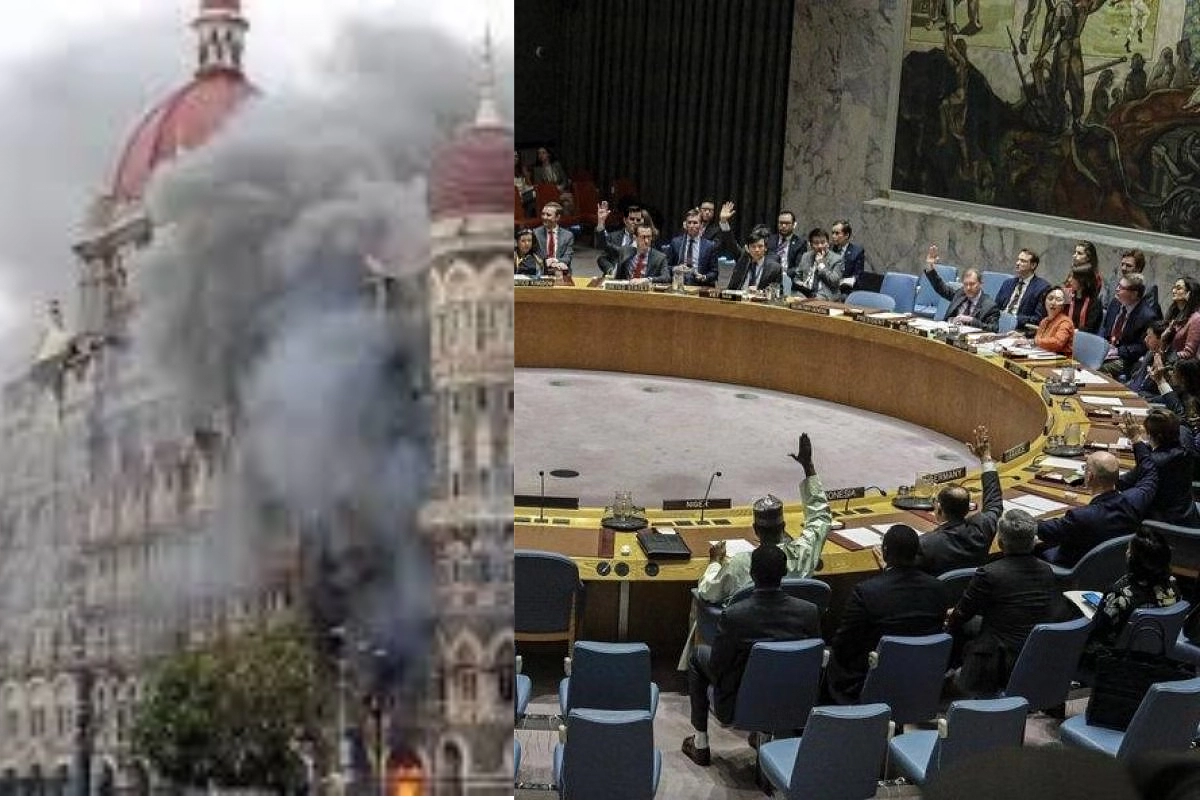Myanmar Crisis Deepens: The crises in Myanmar have deepened as we witness more and more violence in the recent past under the Military ‘Tatmadaw’ administration.
Myanmar’s military, known as the ‘Tatmadaw’, the notoriously brutal military, remains locked in an armed struggle with its own people, but the crisis barely reached the surface at last week’s United Nations General Assembly meetings in New York. Officials from the United States and Malaysia met on the sidelines with representatives from Myanmar’s National Unity Government, a cabinet formed by elected lawmakers ousted when the military seized power in February 2021. The United Nations has delayed responding to their request for a seat; Myanmar’s current representative at the United Nations, Kyaw Moe Tun, remains loyal to the overthrown government.
Many innocents killed in recent times
As diplomacy sputters, violence in Myanmar is escalating to unimaginable heights. At least 11 children were killed on Sept. 16 when military helicopters fired on a school in Sagaing region, a resistance stronghold. The killing of students was shocking, but extreme violence has come to characterize the junta. Last month, the military allegedly rampaged through a village in Kachin State, burning down homes and killing civilians. These attacks followed a trend: It is claimed that the military has torched more than 28,000 civilian homes since the coup, and August was the worst month on record.
Also read: BJP asks Owaisi when will a hijab wearing woman head AIMIM
Efforts of ASEAN not fruitful
Meanwhile, The Association of Southeast Asian Nations (ASEAN) has expressed their grave concern over the spiralling Human Rights abuses there in Myanmar, but its efforts to resolve the crisis are yet to mark any improvement to the gruelling situation. A five-point ASEAN plan from April last year would be one of the focuses of 27th October’s emergency talks at the ASEAN Secretariat in Jakarta, Indonesian Foreign Minister Retno Marsudi has said.
The meeting at the secretariat of the Association of Southeast Asian Nations (ASEAN) in the Indonesian capital will not be attended by any representatives from Myanmar.
Myanmar’s generals have been barred from high-level ASEAN meetings since last year, when the army ousted Nobel laureate Aung San Suu Kyi’s elected government, detaining her and thousands of activists and launching a deadly crackdown that has given rise to armed resistance movements.
The five-point “consensus” included an immediate halt to violence and starting dialogue towards a peace agreement, as well as allowing an envoy of the ASEAN chair to facilitate mediation and for ASEAN to provide humanitarian assistance. However, Myanmar’s military government did not respond to the peace-call.
ASEAN has a longstanding policy of non-interference in members’ sovereign affairs, but some nations have called for taking action against the junta.
Also read: Apple Watch: Software Update Enhances Its Performance Significantly, Know All About It Here
A top US diplomat for East Asia, Daniel Kritenbrink, called the situation in Myanmar highly “tragic” and said finding a way to deal with it was a “key priority” for Thursday’s meeting in Jakarta. He however anticipated more stringent measures from the US.
Role of India
India and Myanmar share a long land border of over 1,600 kilometres (994 miles) and a maritime boundary in the Bay of Bengal. Myanmar is also critical to India’s national security. The two countries have sealed a pact to share real-time intelligence to combat Indian insurgents operating from the border region.
Moreover, New Delhi has economic interests in maintaining cordial relations with Myanmar’s military as the country has natural resources, including natural gas, petroleum, and rare earth metals useful for India’s high-tech industry.
According to foreign policy analysts, India’s approach to the situation in Myanmar needs to be understood through the lens of competition with China.
China trying to make gains in the Indian Ocean region – China is actively supporting Myanmar in different sectors, including a lesser-known strategic port project in the Eastern part of Myanmar, besides a railway project in Laos. The infrastructure projects in Myanmar-Laos-Cambodia-Thailand will provide China with enormous access to the Indian Ocean Region.
It looks as if India is trying to stay neutral in the current political imbroglio of Myanmar and if India’s Myanmar policy is directly related to the policy of China in Myanmar then it is still very weak to support pro-democracy actors in Myanmar.
China has announced that it would back the Myanmar regime no matter how the situation changes, indicating Beijing’s desire to deepen exchanges and cooperation with the Military regime.
If India has to play a vital role in its neighbourhood, it has to take sides in the right direction – bold and strong initiatives. With more than 30000 Myanmarese taking refuge in Mizoram, India should back for re-establishment of a pro-democratic government albeit taking ASEAN, UN in its stride.
Keep watching our YouTube Channel ‘DNP INDIA’. Also, please subscribe and follow us on FACEBOOK, INSTAGRAM, and TWITTER












